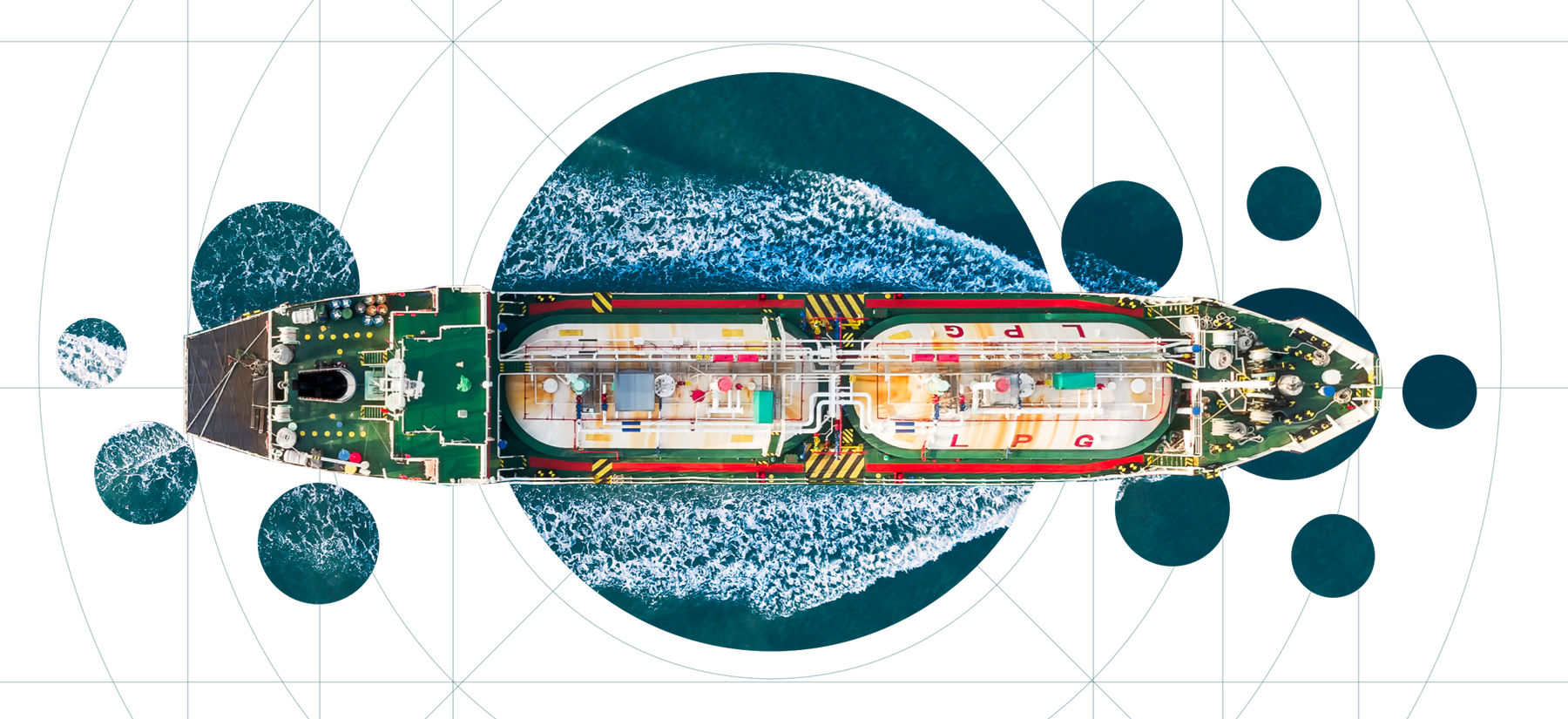Faced with unprecedented demand, liquified natural gas suppliers use AI to maximize production and efficiency.
Lately natural gas has been making headlines as geopolitical events drive the globe to diversify its sources of gas supply, particularly European countries. And although natural gas demand has increased, producers are still behind in meeting their targets.

“The industry is under immense pressure to maximize production and energy efficiency at existing liquefaction facilities, and it is also facing growing calls to invest in new LNG supply,” says Nikhil Gulati, head of applied machine learning at BakerHughesC3.ai (BHC3), a venture that brings together the oil and gas expertise of Baker Hughes and C3 AI’s unique artificial intelligence (AI) software. “Traditional efficiency gains are not going to be enough to deliver the volumes of gas that the world needs now and in the future for power generation and to heat homes, buildings and industries. We need a better solution.”
This is where artificial intelligence comes in.
How to use AI to manage LNG complexity
LNG plants are complex and face operational challenges that limit production capacity and reduce energy efficiency. For example, feed quality and ambient conditions change seasonally. Only a fraction of the data generated is utilized. Optimizing the complex, non-linear relationship between inputs and production is often missed by traditional process-control systems. Finally, existing process optimization solutions are too labor-intensive to respond to dynamic, real-time conditions.
AI combined with domain knowledge can offer significant opportunity across the liquefaction process, delivering increased output, reduced variability in production rates and lower emissions intensity.
To close that production gap, collaboration is key. Process and control engineers, data scientists, and optimization experts bring in the domain knowledge, which is fused with machine learning approaches and deep understanding of the machines and the environment within which they operate.

Based on this coming together of domain and data, enterprise AI software can be built to deliver these insights and become a part of the LNG process optimization routine.
This is where the BHC3 alliance comes in. Baker Hughes holds more than 30 years’ experience in LNG, with technology in more than 50 LNG plants worldwide and a team of experts designing, manufacturing, and servicing LNG equipment to deliver more than 99.8% reliability. Combine this with the power of C3 AI, the leading provider of enterprise AI software with over 5 million AI models in use and 1.9 billion predictions made per day, and the world of physics and machine learning come together to present new opportunity.
“Ultimately we want to create a continuous improvement loop where the LNG process is feeding data to AI recommendations and an operator is taking actions on those recommendations, further improving the cycle,” says Gulati. “Step by step through collaboration we will drive LNG production optimization using a machine-learning approach. That is the goal.”

Furthering LNG Optimization via the Open AI Energy Initiative
The challenges across most LNG businesses is that they have large amounts of data that are never analyzed and lack the experience necessary to figure out the right moves to make in a timely manner. Being able to aggregate multi-source data and visualize it all in one area is a game changer.
One example of how this can work in practice is the Shell Process Optimiser for LNG, which is an LNG module that is built on top of BHC3 AI software.
The Shell Process Optimiser for LNG combines machine learning with process insights and domain expertise to enhance asset production, helping engineers close the gap between current and optimal production by changing operating conditions. This has resulted in a 1% -2% increase in LNG production.
The module has been made available to other operators as part of the Open AI Energy Initiative (OAI), an open ecosystem of AI-based solutions for the energy and process industry founded alongside C3 AI, Baker Hughes and Microsoft.

Digital transformation can help address the LNG supply gap
Gas and LNG have an important role as the energy industry transitions and countries pursue their net-zero aspirations.
Both as a partner to renewables in the power sector and as a lower emission option in sectors where zero emission solutions are yet to develop at scale.
Global LNG demand is expected to almost double to 700 million tons a year by 2040, from 380 million tons last year, according to Shell annual LNG market outlook published in February 2022. The LNG supply gap is set to emerge in the mid-2020s due to a lack of investment in the sector coupled with growing demand.
It’s a clarion call for the LNG industry to accelerate its digital transformation.
“The way we currently operate across the oil and gas value chain, there is a limited ability to be predictive, there is a limit in the scalability of solutions, and even the best solutions out there are not interoperable,” says Fabio Mazzocchetti, senior solution leader at C3 AI. “As companies seek leaner operational models, AI can improve operational efficiency across the energy value chain.”
Copyright C3 AI


